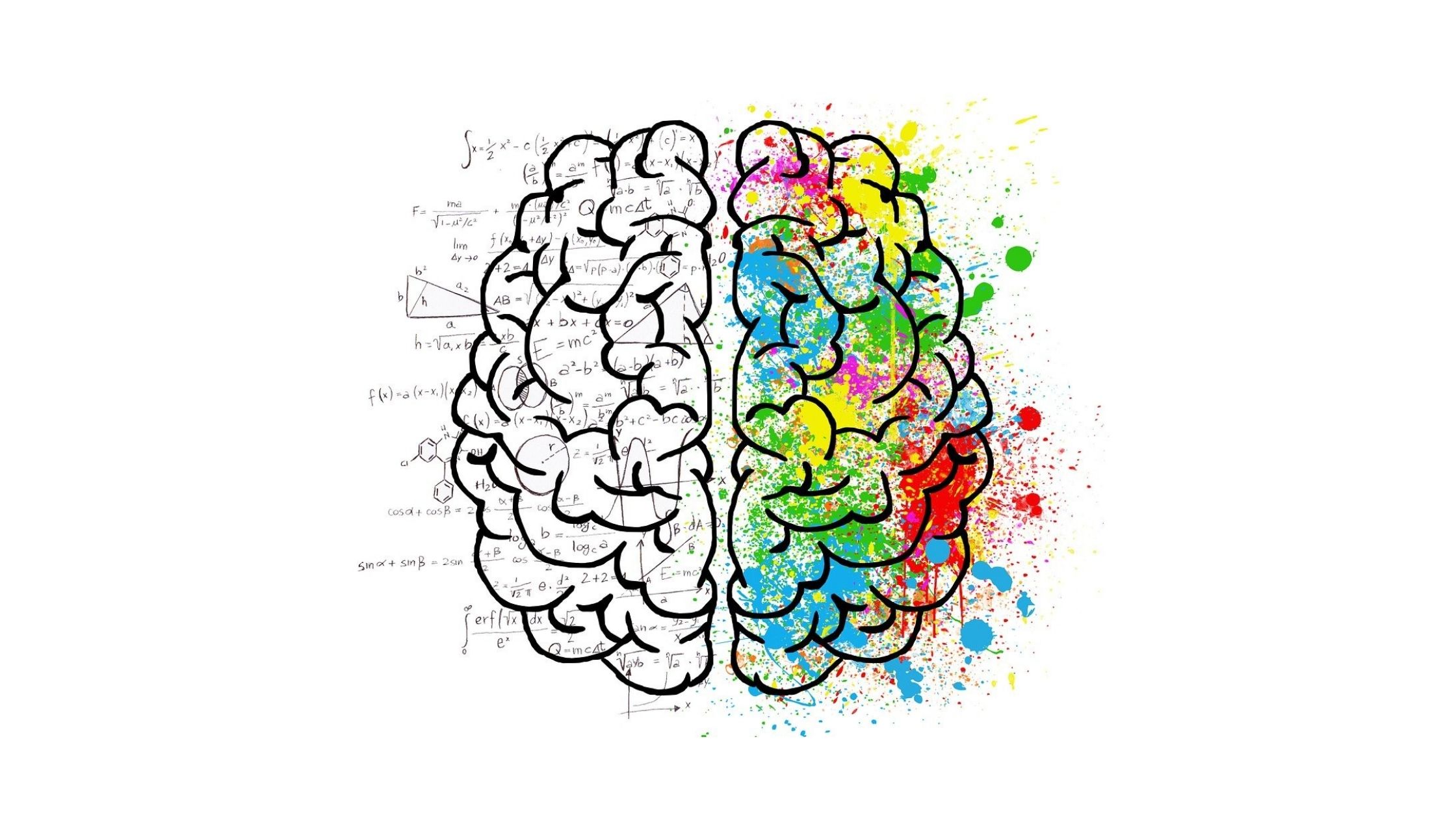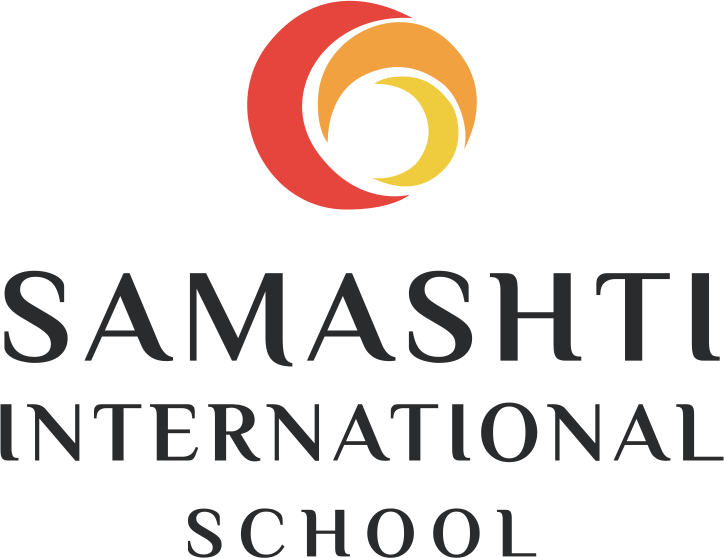15 Jan Just a Little Music – For the Heart and Brain

Music touches a chord in every human being’s heart.
I am sure all of you have experienced that tiny frisson of joy ripple through you as you listen to a melody, the supreme calm pervading your body as the strains of a violin or a guitar enter your ears, the absolute sense of fulfillment as you make music-be it singing or playing an instrument.
It makes perfect sense that a school assembly or any school event for that matter starts with the prayer ‘song’. The musical part of the prayer is what resonates in all -right from kindergarten to adults.
As a teacher traveling in the school bus, every day I used to enter school with a song in my heart- the ditty chanted by the little ones as we near our destination. Some days it would the school name ‘ Saa-mashti, Sa-mashti, Samashti’ or ‘The school is here, the school is here’ or ‘Shin-rin-Yoku, Shin-rin-Yoku’ (The little ones practice the Japanese art of forest bathing ‘Shinrin Yoku‘ at school) or just ‘ If you are happy and you know you clap your hands’.
Whatever the words, they make it into a song (This is one of the hundred reasons I miss ‘face-to-face’ school. Please God, take COVID away!)
The musical connection to the heart is obvious. What about the brain?
Dr. Oliver Sacks rightly says “Music imprints in the brain deeper than any other human experience.” Music activates, stimulates and uses the entire brain.
1 Corpus Callosum
The brain of a musician or a person who listens to music is larger and the two hemispheres are more symmetrical.
2 Motor Cortex
In the rhythm of music, motor cortex activates and our body moves involuntarily.
3 Prefrontal Cortex
Listening to music activates prefrontal cortical areas and directly exerts positive influence on cognitive processes.
4 Nucleus Accumbens and Amugdala
The pleasure centre of the human brain. It gives the emotional reaction to music.
5 Sensory Cortex
Controls tactile feedback while playing instruments or listening to music.
6 Auditory Cortex
Perceives and analyses tones.
7 Hippocampus
Learning and memorising the notes in music.
8 Visual Cortex
Is actively involved in music reading or looking at the music conductor or music partner.
9 Cerebellum
Cerebellum is involved in playing instruments as well as emotional responses.
It is clear that Music is a must for the holistic development of an individual. It improves cognitive and motor skills, spatial-temporal learning and the brain’s ability to produce neurons. It is definitely the best tool to bring about Emotional Balance as it speaks directly to the head and heart.


No Comments